
Celebrities Who Have Had Rhinoplasty : Rhinoplasty is a popular cosmetic surgery procedure among both celebrities and ordinary people worldwide. In th..
More >
What to Do After Taking a Hit to the Nose Post-Rhinoplasty? Rhinoplasty is a surgical procedure performed to improve the shape and function of the no..
More >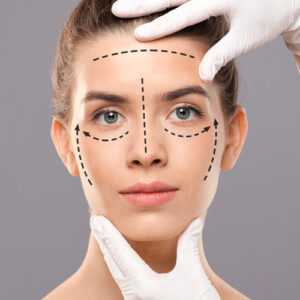
Ultrasonic rhinoplasty is a technique that has gained popularity in recent years and is used to correct the shape of the nose. Compared to traditional..
More >
What Is Italian Nose Aesthetics? Italian nose aesthetics is known as a special technique among nose surgeries (rhinoplasty). This method is generally..
More >
Formation of a False Dorsal Hump After Nose Surgery (Rhinoplasty) is a condition that can sometimes occur. Rhinoplasty is a surgical procedure perform..
More >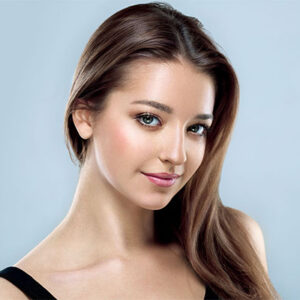
Why Does Loss of Smell Occur After Nose Surgery? Loss of smell after nose surgery (anosmia) can be temporary or permanent and depends on several fact..
More >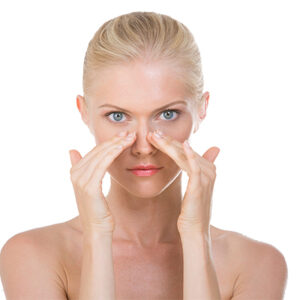
Round Nose Surgery Round nose surgery is a surgical procedure aimed at making the nose structure more aesthetically pleasing. A round nose type is ty..
More >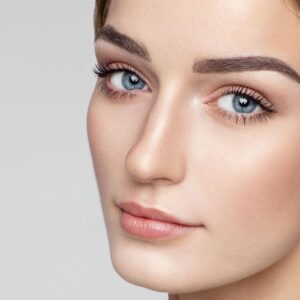
Stitch Marks After Rhinoplasty Nose surgery, also known as rhinoplasty, is a surgical procedure performed to improve the shape and appearance of the ..
More >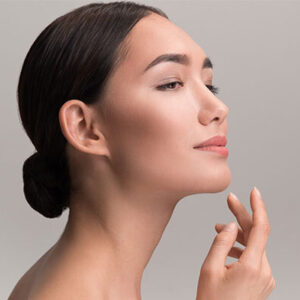
Nose Surgery, also known as rhinoplasty, can be performed for various reasons, including both aesthetic and medical reasons. Here are some situations:..
More >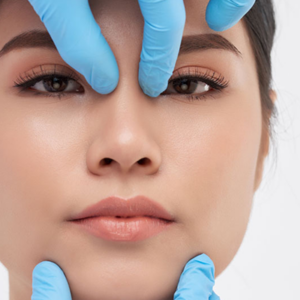
How Long Does It Take for Swelling to Subside After Nose Surgery? Swelling after nose surgery (rhinoplasty) is usually at its peak immediately follow..
More >
Nose surgeries or rhinoplasty are performed to change the shape and size of the nose, improve breathing, or achieve both. Rhinoplasty is typically per..
More >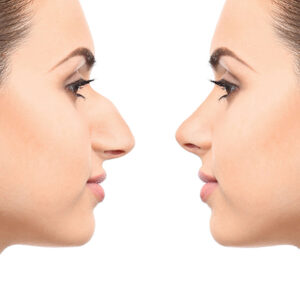
Can a 17-Year-Old Get a Rhinoplasty? Rhinoplasty is generally considered appropriate at the age of 18. However, in some special cases, a rhinoplasty ..
More >
How Long After Nose Surgery Can I Wear Glasses? Wearing glasses after rhinoplasty involves considering several factors. After rhinoplasty surgery, bo..
More >
If a patient has a facial expression that appears stern, if the nose structure makes the person look larger than they are, if the face appears more as..
More >
How is Rhinoplasty Performed on Thick-Skinned Noses? Rhinoplasty on individuals with thick-skinned noses is more challenging compared to those with n..
More >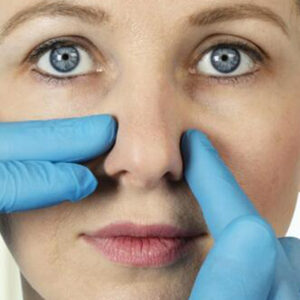
Nose aesthetics is a type of cosmetic procedure sought by patients to alter their appearance, as the nose is centrally positioned on the face. Apart f..
More >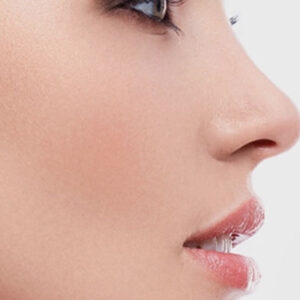
In large and long nose aesthetics, classic nose aesthetics are performed. When people with large and long noses apply to a nose aesthetics doctor, the..
More >
Nasal tip ptosis, or the drooping of the nasal tip, is a condition that can occur due to natural reasons, accidents, or trauma to the nose. This can s..
More >
Rhinoplasty is a type of aesthetic surgery aimed at reshaping the tip of the nose, which may vary due to various factors. People who are dissatisfied ..
More >
Nose surgeries are among the most frequently preferred aesthetic procedures today. Individuals considering nose surgeries are usually those who are di..
More >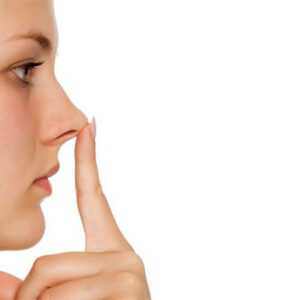
Nasal tip ptosis can be defined as the downward displacement of the nasal tip, where the tip of the nose moves below the level of the nasal dorsum (th..
More >
Nose surgeries are operations where all procedures involve the tissues, bones, and cartilages of the nose, with the bones and cartilages being operate..
More >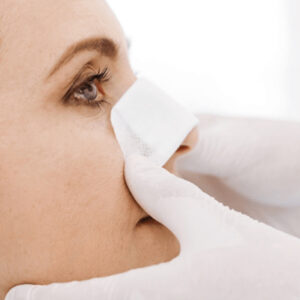
After nasal surgeries, particularly revision rhinoplasty, the splints, stents, stitches, and tapes placed on the patient’s nose can cause significant ..
More >






I am 5 weeks since my operation and am already extremely happy with my results. Thank you Hayati for everything you have done..
Dr Hayati Kale and his amazing staff were very professional, informative and friendly, and provided a first class result. Highly recommended..
The result is exactly what I was looking for. I'm finally able to breathe and couldn't be happier with the improved shape of my nose..
If you are considering a rhinoplasty surgery without hesitation, I highly recommend Hayati Kale ! There is no one better than him in Istanbul.